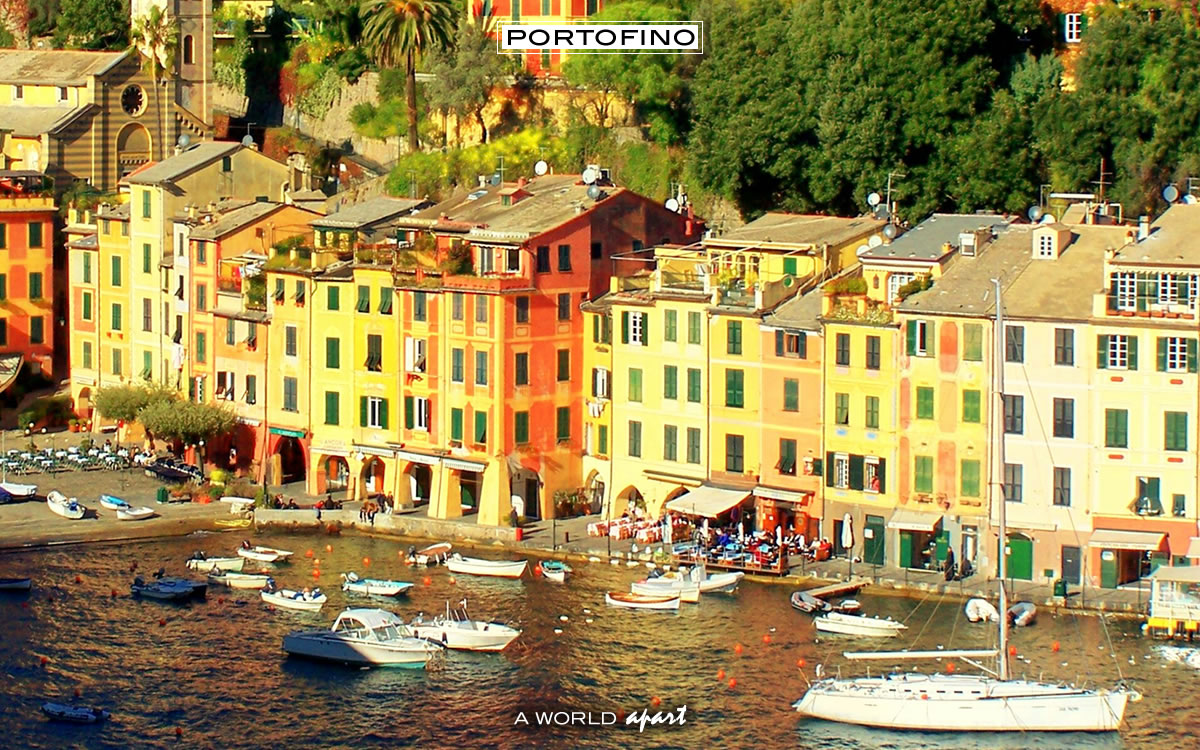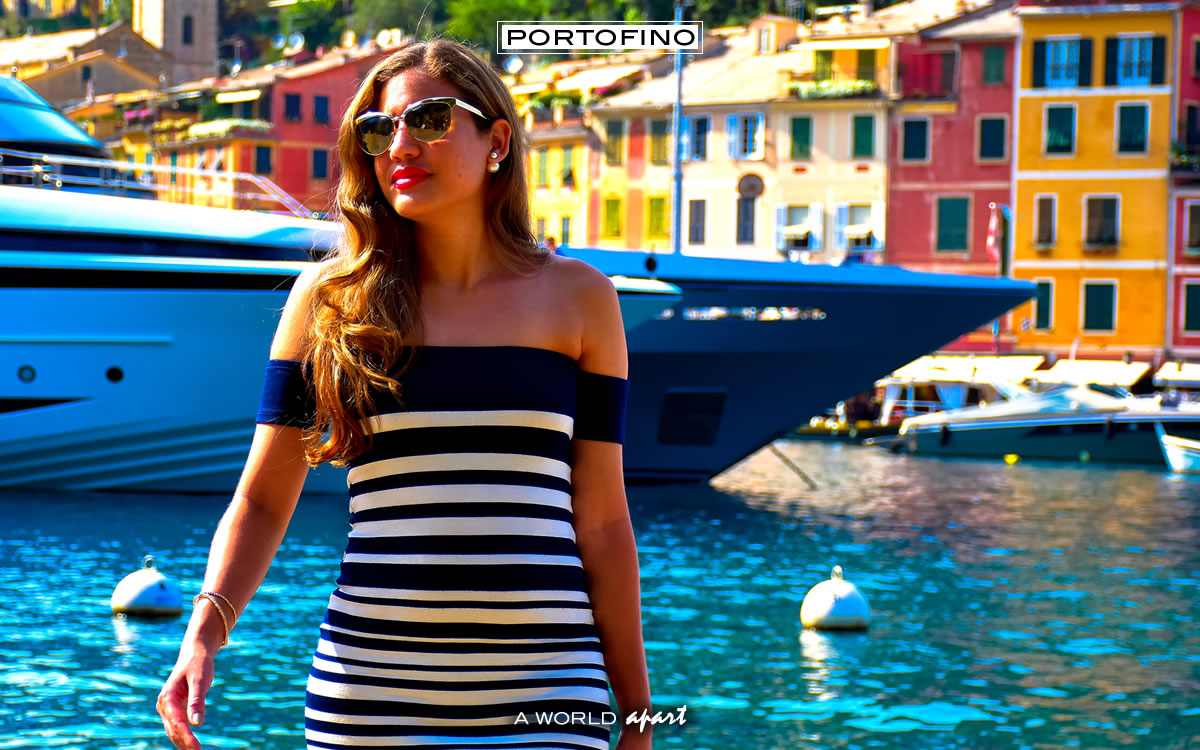
The population of the Village of Portofino was also made up of very old workers, whom lived with their very numerous families in the country of the Mount; they were very toilsome people, who lived to survive. The most part, at least 90% weren’t owners of land and they lived in houses with terrible hygenic conditions, not everyone had a bathroom in their home, and many lived in the stables with the animals and chickens, being situated near the houses. These families that took care of the ground product had to give to the owners one third of the harvest (excluding the orchard), that consisted in picking olives, the primary income: there was also the vine cultivation and the cutting of wood, the trunk went to the owner and the twigs to the peasants (this was done to control that healthy trees weren’t cut and no trade was done); then there were other fruit and vegetable products and some peasants who possessed “pieces of land cut in a horizontal way” (agricultural terraces) wide enough to reap wheat.
Nearly everyone owned or hired a cow for it’s milk. Not everyone had a water fountain, therefore some of the land was very dry, especially in the summer drought period: considerating that the Mount of Portofino is rich with spring fountains, this was a true hardship. The families were very united, because even in the country the same law reigned as on the sea “if it’s necessary any obstacle can be overcome”; the families helped each other without the use of money: the peasant’s life was very hard and always at risk, in fact Liguria had a national record of people with tuberculosis. From a census carried out by a church archives, there were about 40 families who lived on the Mount, altogether no less then 200. These inhabitants had to undertake other work that the territory offered, a part of the family gave towards the family budget producing wood from the Mount and selling it in the Village to be used as combustible for heating; others fished from the rocks with their rods; a part of the peasant population worked in the residential villas belonging to foreign families, whom populated the territory of the historical centre of Portofino; some were in service for the same families and others generally worked at construction and maintenance: this means that, in the end, virtue is it’s own reward and, with alot of good will, obstacles were overcome and new crafts were undertaken. These families have given us people, who with their initiatives and perseverance, have given, and even today honour to this Village, to the point that all their economy was changed, the evidence will follow. These families lived in property that belonged to well-off villagers, especially the shipowners: every owner possessed his own cellar in the historical centre, and I remember as a child, that when it was grape harvest time, you could see the peasants carrying on their shoulders round wood containers full of crushed grapes, which were laying on a special sack full of hay in the shape of a cushion, which remained in a horizontal position across the shoulders so the must wouldn’t upset.

Grandparents used to say that, in Portofino, existed taverns that belonged to the owners of the land, that’s how they were called in those times, where the peasants sold their earthly goods from the cellars. I will quote an event that was told to me by some old people who were part of my family, but I didn’t known them. My maternal grandfather, Benedetto Gardella, even being illiterate, was a building entrepreneur specialized in stone walls and about ten workers worked for him: grandfather, went every sunday morning to the solemn mass, when it had finished, “the eldest leading figures of the Village” gathered in the Church square asking him which work had be done for the construction and maintenance of the proprieties, and the country peasants, those who worked as labourers, waited for him in front of the tiny church of S. Sebastiano to find out if there was any new work and who and how many of them would have to present themselves the following monday. To write the names and the surnames of the families, I had a verbal statement registrated by Mr. Angelo Ravetti, who today is nearly ninety years old and has a very lucid mind: like that it was confirmed that the following families had either lived or been around Portofino up until the end of the second world war; today they have nearly all died, and consequently, the secular preservation of the Mount which the natives of Portofino keep in their hearts is slowly disappearing.
The families who we had news of up until the last century were: 1- Devoto coming from Lavagna, in the Mulini locality, owner Borione; 2- De Barbieri, settled first in the Prato locality, after the Castagneto locality, owner Carnarvon; 3- Ardito in the Cappelletta locality (since three centuries), owner Baratta Odero Piaggio; 4- Oneto, said to be “i Boccia”, in the Prato locality, the at Palara, owner Benvenuto; 5- Gardella, in the Palara locality, owner Goruzzo; 6- Viacava of G. B. , in the Fossello locality, owner Paris; 7- Viacava Antonio, in the Fossello locality, owner Baratta; 8- Garbarino, said to be “il Grammo” (the Unpleasant), in the Villagrande locality, owner Fresco; 9- Fugnano, said to be “Bisidorio”, in the valley of “springwaters”, owner Gallotti; 10- Schiaffino, said to be “Cialan”, owner Vassallo; 11- Giobatta Schiaffino, in the locality of Prato, owner Davegno; 12- Giorgio Schiaffino, said to be “il Diavolo” (the Devil), in the Figaro locality, owner Baratta; 13- Reppetto, in the locality of Villa San Giovanni, owner Herbert; 14- Reppetto, in the locality of Terruzzo, owner Beraldo; 15- Trabucco, in the Villagrande locality, owner Baratta today Bassani; 16- Gazzolo, said to be “Bascian”, in the Villagrande locality, owner Gazzolo; 17- Indaco, in the locality of Costa della Cappelletta, owner Vassallo Vinelli; 18- Rovegno, said to be “Sensin”, in the locality S. Antonio, owner Baratta; 19- Rovegno, said to be “Dria”, in the Casone locality; Benso, in the locality of Olmi; 21- Andrea Carbone, in the locality of Valle dei Mulini, owner Baratta; 22- Arata, in the locality of Paraggi; 23- Taverino Campodonico, in the Villagrande locality, owner Prato; 24- Giuseppe devoto, said to be “Pipillo”, in the locality of Terruzzo, owner Fresco; 25- Nicole Dondero, said to be “il Moro”, in the locality of Castagneto, owner Carnarvon; 26- Canessa, said to be “Cagnassa”, in the locality of Castagneto, owner Carnarvon; 27- Nicola Giuffra, in the Pino locality, owner Prato; 28- Giuffra, in the Villa Signorile locality, owner Herbert; 29- Vignolo, in the Penisola locality, owner Bunz; 30- Casassa, in the locality of Pino, owner Paris; 31- Emanuele Viacava, said to be “Asciutto” (Dry), in the Villetta locality, owner Benvenuto; 32- Giuseppe Viacava, said to be “Giuseppino”, in the Figaro locality, owner Baratta; 33- Antonio Giuffra, said to be “il Lungo” (Tall), in the Sabaino locality, owner Guerello; 34- De Barbieri, said to be “Nan”, in the S. Sebastiano locality, owner Gallotti; 35- Giuseppe Gardella, in the S. Sebastiano locality, owner Gallotti; 36- G. B. Gardella, in the Pino locality, owner Gallotti; 37- Arata Genio, in the Figaro locality, owner Baratta; 38- Devoto, said to be “Gamba” (Leg), in the Vexinaro locality, owner Schiaffino.
We must remember that these families, apart from the work they did to support the family budget, also did another craft: rod fishing. The stronger sons who were more prone to this went fishing at sunset going along paths almost impossible to walk on to get down to the cliff; there were rocks, called “spots”: there were rocks where a larger quantity of fish swam through and therefore more to fish, some were important for their quality, others for the quantity, which dipended on the “lunar hours”. Like that, in time, every rock had a name according to it’s characteristics, a special name that we will discover in the chapter “THE FISHERMEN“. The fish were brought home and the mothers, who in Liguria and especially at Portofino made up part of the head of the family, cooked the smallest fish that same evening, served with “preboggion” (greens), that is a mixture of about eight different types of herbs from the Mount, and instead of bread, they fried small flat bread loaves, called “fugassette”, that were stuffed with olive pulp in the olive period: this was the poor’s food, today it is a delicious local dish much seeked for. In the morning, the peasants came down into the Village to sell to the families, to the housewives (the clients), their earthly goods and cow’s milk: consequently, they sold the biggest fish and those of “sciorta“( of better quality). (Thanks to Giovanni Carbone).
Portofino, a World apart.
